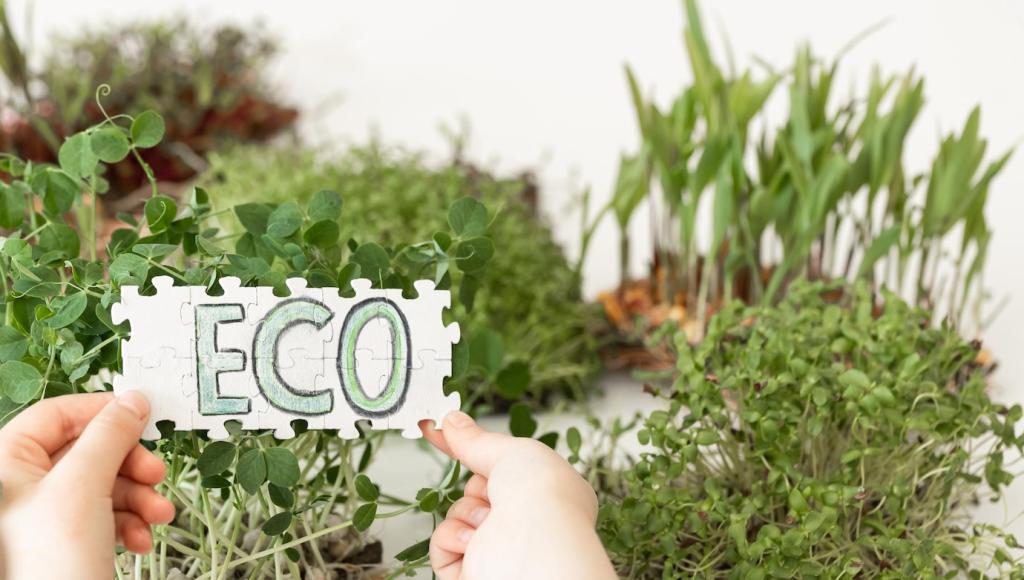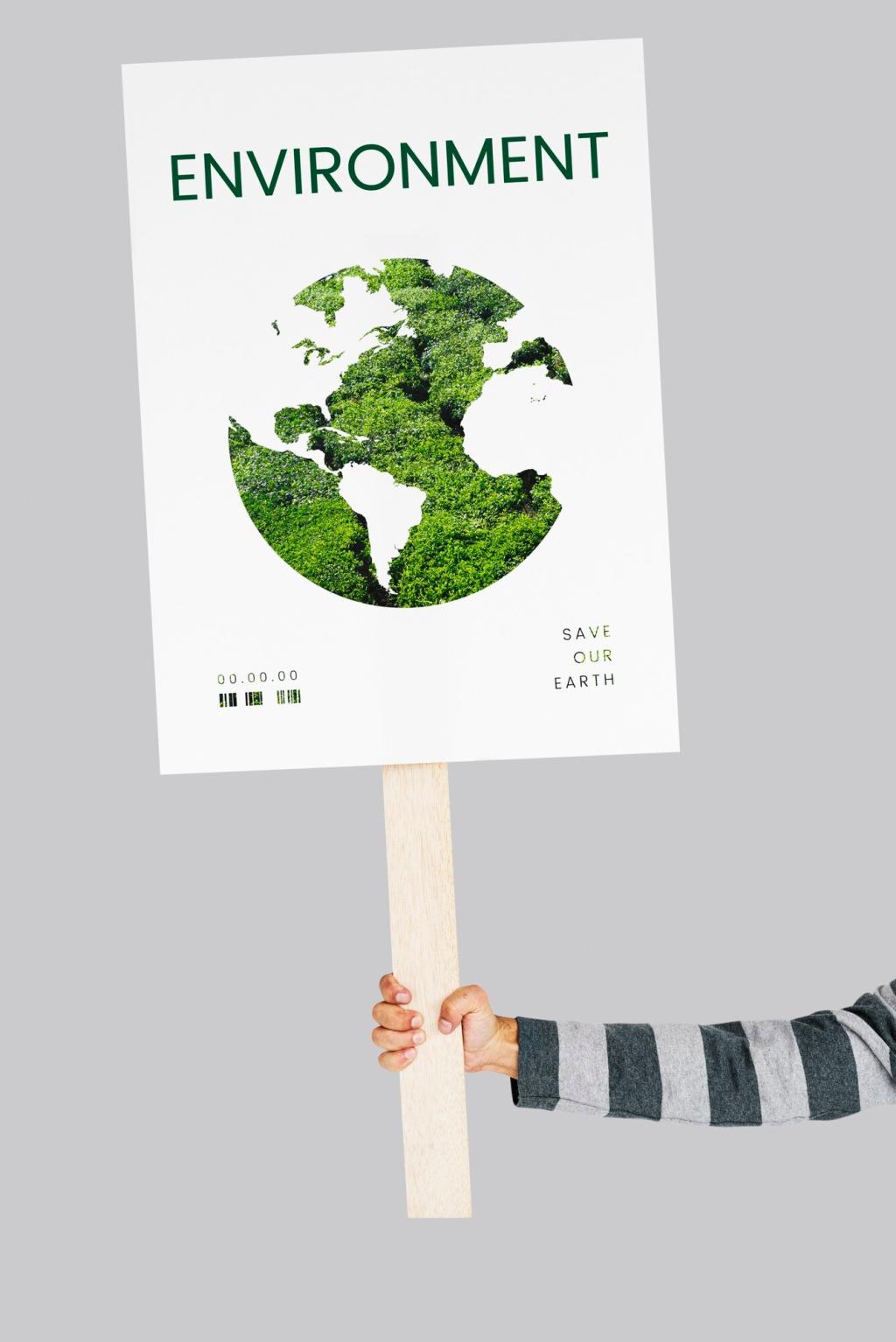
Creating Persuasive Narratives for Green Products
Chosen theme: Creating Persuasive Narratives for Green Products. Discover how to craft believable, emotionally resonant stories that inspire people to choose sustainability with pride—then return for more. Subscribe to stay inspired and share your own green story.

Emotion, Identity, and Small Wins
People act when stories reflect who they want to be. Tie your product to small, achievable wins that reinforce a positive eco-identity. Invite readers to share a tiny victory today in the comments.

Social Proof Without Greenwashing
Use specific, verifiable testimonials that focus on outcomes people can feel and measure at home. Encourage customers to post before-and-after photos and tag your brand, building authentic momentum.

Cognitive Ease and Clear Choices
Reduce mental friction by making the next step unmistakably simple. One compelling claim, one visual, one button. Ask readers: what single action could we make even easier for you?
Building Trust: Evidence That Feels Human
A Before-and-After Micro-Story
“I kept forgetting my reusable, until this foldable one clipped to my keys.” Pair such micro-stories with modest data points. Invite subscribers to submit their own shifts for next week’s feature.

The Everyday Hero’s Journey
Cast your customer as the hero who solves a persistent annoyance—odors, clutter, waste—with your green product as the helpful guide. Invite readers to share their ‘dragon’ and how they defeated it.
Problem–Agitation–Solution, Gently Applied
Name the problem, show its daily sting, then offer relief without shaming. Keep tone compassionate. Ask your audience where they feel the pinch most, so future posts can target it.
Language That Sounds Green Without Buzzwords
Concrete Over Vague Claims
Replace “eco-friendly” with specifics like “plastic-free packaging” or “refillable aluminum bottle.” Invite readers to comment with phrases they find trustworthy—and the ones that make them skeptical.
Sensory Details Create Memory
Describe the soft matte feel of a compostable pouch or the quiet click of a reusable lid. Sensory cues anchor recall. Ask subscribers which detail stuck with them most.
Metaphors Grounded in Reality
Use metaphors that map to daily life—“a lunchbox for your detergent refills”—so benefits land fast. Encourage your community to suggest better metaphors we can test in future headlines.
Designing Multi-Channel Narrative Experiences
Open with a human moment, follow with one proof, then a single CTA. Invite visitors to vote on which story lead they’d like to see next week by subscribing and replying.
Designing Multi-Channel Narrative Experiences
Include a mini origin story, a verifiable claim, and a tiny ritual cue—like a refill date line. Ask customers to post their ritual photos, building community habits around your product.
Designing Multi-Channel Narrative Experiences
Plan a three-email arc: spark curiosity, deliver proof, celebrate first action. Encourage replies with questions, then showcase answers in the next send. Invite signups for the upcoming series.


Case Snapshot: The Refillable Bottle That Won Subscriptions
The brand highlighted a relatable moment—running out mid-shower—then introduced a magnetic shower caddy and reminder sticker. Readers, what reminder would help you avoid the same scramble?
Case Snapshot: The Refillable Bottle That Won Subscriptions
They tracked refills per household and shared a simple stat per month, plus customer photos of tidy bathrooms. Comment with the one metric you’d actually check before subscribing.
Engagement Loops: Invite Participation
Feature one subscriber’s eco-shift every Friday with a helpful tip. Invite submissions with a simple prompt: ‘What habit changed your morning?’ Subscribe to be featured next month.
Engagement Loops: Invite Participation
Run a 10-day refill challenge with a printable tracker and daily nudge. Ask participants to post day three and day ten photos. Celebrate completions in a roundup post.


